No.158, Baoqun Road, Yaozhuang Town, Jiashan County, Jiaxing City, Zhejiang Province , China

In today's rapidly evolving industrial landscape, the one-size-fits-all approach of standardized equipment is increasingly revealing its limitations. Factories and producers face unique challenges, from optimizing specific production processes and integrating new technologies to adapting to specialized material handling requirements. Off-the-shelf machinery often fails to address these specific needs, leading to operational inefficiencies, compromised product quality, and hindered innovation.
This is where complete equipment manufacturing and customization services become not just an option, but a strategic necessity. They represent a fundamental shift from simply purchasing a machine to acquiring a tailored solution. By moving beyond standard catalog offerings, businesses can secure systems that are meticulously engineered to fit their exact operational parameters, spatial constraints, and performance goals. This approach transforms equipment from a potential bottleneck into a powerful catalyst for enhancing productivity, ensuring consistent quality, and maintaining a competitive edge in a demanding global market.
At its core, complete equipment manufacturing and customization is a holistic service model that delivers fully integrated, client-specific industrial systems, moving far beyond simple part fabrication or assembly. It represents a comprehensive partnership where the provider takes ownership of the entire process, from initial concept to a fully operational solution. This approach is fundamentally different from purchasing standard machinery or outsourcing individual components, as it is built on a foundation of deep collaboration and engineered specifically to solve unique operational challenges.
To fully understand its scope, it's essential to break down the two key components:
| Parameter | Standard Equipment Procurement | Complete Manufacturing & Customization |
|---|---|---|
| Design Philosophy | Based on a generic, one-size-fits-all design to serve a broad market. | Initiated by a client-specific requirement, resulting in a purpose-built design optimized for a unique application. |
| Scope of Supply | Typically limited to the main machine unit, with auxiliary systems often sourced separately by the client. | Encompasses the complete system, including structural frames, material handling units, safety guarding, electrical panels, and integration software as a unified package. |
| Flexibility & Adaptability | Low; modifications are often costly, limited, and can void warranties. | Inherently high; the solution is designed for flexibility from the start, allowing for future upgrades and process adjustments. |
| Integration Effort | High; the client is responsible for integrating the machine into their production line, which can lead to compatibility issues and prolonged downtime. | Seamless; the provider manages full integration, ensuring interoperability with existing equipment and minimizing disruption during installation. |
| Performance Outcome | Performance is constrained by the standard design, which may not align perfectly with the client's actual operational needs, leading to compromises. | Performance is optimized for the specific task, often resulting in higher throughput, better quality control, and greater overall efficiency. |
| Long-term Value | Focuses on the initial purchase price, but may incur higher lifetime costs due to inefficiency, higher maintenance, and limited scalability. | Focuses on Total Cost of Ownership (TCO), delivering greater value through reduced operational costs, higher reliability, and built-in adaptability for future needs. |
Complete equipment customization is a multi-faceted process that integrates several specialized service components into a seamless, client-driven workflow. Each phase is critical, building upon the previous one to ensure the final delivered system not only meets but exceeds performance, quality, and reliability expectations. This integrated approach transforms a conceptual need into a tangible, high-performing industrial asset. The key service components form a comprehensive value chain, from the initial idea to the final handover.
| Service Phase | Core Activities & Value Addition | Inputs | Outputs |
|---|---|---|---|
| Conceptual Design & Engineering | Translating operational requirements into a functional technical specification. This involves feasibility studies, concept development, and creating preliminary design layouts. | Client's process requirements, performance goals, spatial constraints, budget. | Approved concept design, preliminary technical specifications, project feasibility report. |
| Detailed Engineering & Design | Developing the concept into full, manufacturable drawings and documentation. This includes mechanical, electrical, and software design, along with component selection. | Approved concept design, detailed technical specifications. | Complete set of manufacturing drawings, bill of materials (BOM), electrical schematics, software control logic. |
| Heavy Steel Fabrication & Structural Work | (Heavy steel fabrication services) Cutting, forming, welding, and assembling the primary structural framework and custom components from raw metal. This forms the skeleton of the equipment. | Detailed fabrication drawings, raw materials (steel plate, structural beams). | Completed, inspected structural frame and custom fabrications, ready for sub-assembly. |
| Precision Machining & Sub-Assembly | (Industrial painting and machining services) Machining components to precise tolerances, and assembling mechanical sub-systems like power transmission units, gearboxes, and linear motion systems. | Fabricated structures, purchased components (bearings, gears), machining drawings. | Precision-machined parts, assembled and tested mechanical sub-systems. |
| Integration, Wiring & Controls | Installing and integrating all mechanical sub-assemblies, pneumatic/hydraulic systems, sensors, and electrical control panels. This phase brings the mechanical system to life. | Mechanical sub-assemblies, electrical components, control panels, software. | A fully wired and integrated electromechanical system, ready for functional testing. |
| Surface Treatment & Finishing | (Industrial painting and machining services) Applying protective coatings, including surface preparation (e.g., shot blasting), priming, and painting to specified standards for corrosion protection and durability. | Integrated mechanical structure, paint specification. | Equipment with a durable, high-quality finish suitable for its industrial environment. |
| Factory Acceptance Testing (FAT) & Commissioning | Thoroughly testing the complete system at the manufacturer's facility to verify performance against the original specifications, followed by installation and commissioning at the client's site. | Fully assembled and painted equipment, test protocols. | A validated, fully operational system, client approval (FAT), and a smoothly running installation. |
| Project Management & Turnkey Delivery | (Turnkey machinery manufacturing) The overarching discipline that orchestrates all phases, managing timeline, budget, quality, and communication to deliver a ready-to-operate solution. | Client requirements, project plan, resources. | A successfully completed project delivered on time, within budget, and to specification—a true turnkey solution. |
The versatility and inherent adaptability of complete equipment manufacturing and customization services make them a powerful strategic tool for a wide spectrum of industrial players. While the specific applications are endless, the core beneficiaries are typically organizations for whom standard, off-the-shelf machinery creates limitations, inefficiencies, or competitive disadvantages. These customized solutions are particularly transformative for businesses that need to innovate, scale, optimize, or solve unique production challenges that cannot be addressed by conventional equipment.
| Beneficiary Segment | Primary Need & Pain Point | How Customization Delivers Value & Sample Applications |
|---|---|---|
| OEMs (Original Equipment Manufacturers) | The need to focus internal resources on core R&D, innovation, and market expansion, while relying on a highly capable partner to manufacture the equipment they design. This is a strategic OEM equipment design and build partnership. |
|
| Plants with Legacy Systems & Modernization Projects | The challenge of integrating new technology with old machinery or retrofitting existing production lines to improve efficiency, add automation, or accommodate new products without a complete factory overhaul. |
|
| Process-Heavy & Niche Industries | The absolute necessity for equipment that can handle unique materials (e.g., corrosive, abrasive, high-purity), operate in extreme environments, or perform highly specialized, non-standard processes. |
|
| High-Growth Companies & Startups | The need to rapidly scale production capacity with equipment that matches their unique, often proprietary, process. Standard machines may not exist for their novel product or may be a poor fit, hindering growth. |
|
Selecting a partner for complete equipment manufacturing and customization is one of the most critical long-term decisions an industrial company can make. Unlike a simple vendor transaction, this choice establishes a deep, collaborative relationship where the partner becomes an extension of your own engineering and production capabilities. The wrong choice can lead to cost overruns, project delays, operational failures, and significant strategic setbacks. Therefore, a meticulous and multi-faceted evaluation process is essential to identify a partner capable of transforming your requirements into a reliable, high-performance asset.
| Evaluation Criterion | What to Look for in an Ideal Partner | Common Pitfalls & Red Flags |
|---|---|---|
| Technical & Engineering Capability | A strong, in-house engineering team with proven experience in your industry or similar applications. They should demonstrate a methodical approach from concept to detailed design, using advanced tools (e.g., CAD, FEA, simulation software) and a rigorous design review process. | A partner that relies solely on client-provided drawings with no value-adding engineering input. Lack of a structured design process, inability to discuss technical trade-offs, or no portfolio of complex past projects. |
| Manufacturing & Quality Infrastructure | Modern, well-maintained production facilities equipped for the full scope of work, including heavy fabrication, precision machining, and assembly. A certified Quality Management System (e.g., based on ISO 9001) should be evident, with documented procedures for in-process inspection and final testing. | Outdated or disorganized workshops. Lack of clear quality control protocols, no calibration records for critical equipment, or an inability to provide a detailed tour of their manufacturing process. |
| Project Management & Communication | A dedicated project management structure with a single point of contact. They should provide a clear project plan with milestones, deliverables, and a communication protocol for regular updates (e.g., weekly reports, milestone meetings). Proactive issue identification and resolution are key. | Unclear lines of responsibility, infrequent or reactive communication, and a lack of a formal project timeline. The feeling that you have to constantly chase for information is a major warning sign. |
| Proven Experience & References | A robust portfolio of completed projects that are similar in scale and complexity to yours. A willingness to provide contactable references from past clients who can vouch for the partner's performance, problem-solving ability, and adherence to schedules and budgets. | Vague or non-existent case studies. Reluctance to share references or a portfolio that consists only of simple, low-value projects that do not align with your needs. |
| Cultural Fit & Strategic Alignment | A partner that acts as a collaborative problem-solver, not just an order-taker. They should show a genuine interest in understanding your business goals and operational challenges. Transparency, intellectual honesty, and a shared commitment to the project's success are intangible but vital qualities. | A purely transactional attitude. The partner seems focused only on the immediate purchase order and is not interested in the long-term performance of the equipment within your operation. |
| Scalability & Long-Term Support | The capacity to handle your project's volume and the potential for future growth. Furthermore, a clear commitment to after-sales support, including comprehensive documentation (manuals, drawings), training, and availability of spare parts and service. | A partner operating at full capacity with no room for your project. No defined process for post-delivery support, warranty claims, or provision of as-built documentation. |
In summary, complete equipment manufacturing and customization represents a fundamental shift from transactional procurement to strategic partnership. Throughout this analysis, we have explored how this holistic approach delivers far greater value than simply purchasing off-the-shelf machinery. It is a comprehensive methodology that transforms unique operational challenges into powerful competitive advantages by creating purpose-built solutions engineered for peak performance, seamless integration, and long-term adaptability.
| Strategic Dimension | Conventional Equipment Procurement | Complete Manufacturing & Customization |
|---|---|---|
| Primary Focus | Initial purchase price and basic functionality. | Total Cost of Ownership (TCO), long-term reliability, and strategic operational impact. |
| Business Relationship | Transactional vendor-client dynamic. | Collaborative partnership with shared goals and deep integration. |
| Solution Origin | Adapting an existing, standard design to fit a need, often with compromise. | Engineering a bespoke solution from a blank slate, based purely on specific process requirements. |
| Impact on Operations | Often forces process adjustments to accommodate the machine's limitations. | Optimizes and often transforms the process, eliminating bottlenecks and introducing new capabilities. |
| Risk Profile | Client bears most integration and performance risks. | Provider assumes significant responsibility for design, integration, and final system performance. |
| Long-term Adaptability | Limited; future changes can be difficult and costly. | Designed with future needs in mind, allowing for easier upgrades, modifications, and scaling. |
| Value Delivered | A machine that performs a general function. | A competitive advantage encapsulated in a tangible asset, driving efficiency, quality, and market differentiation. |
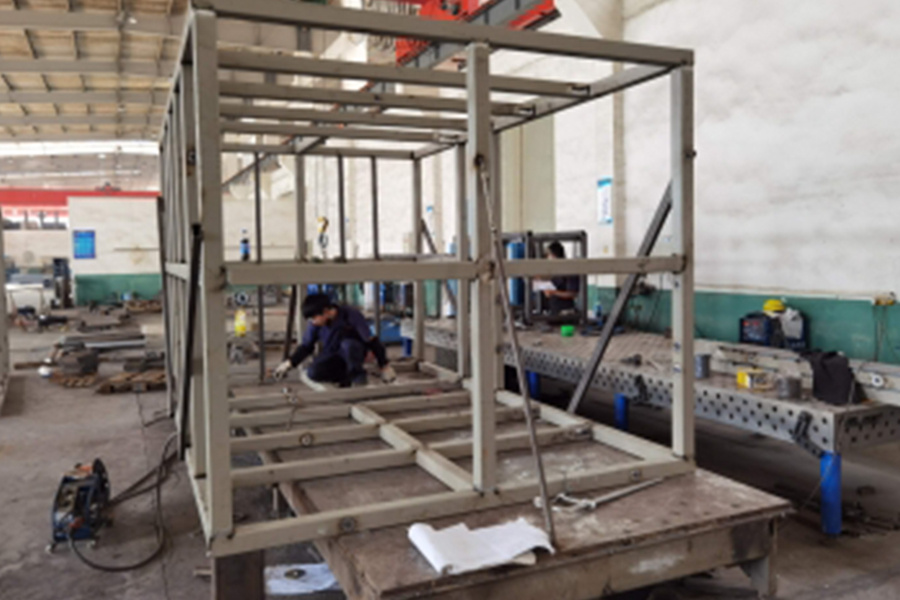
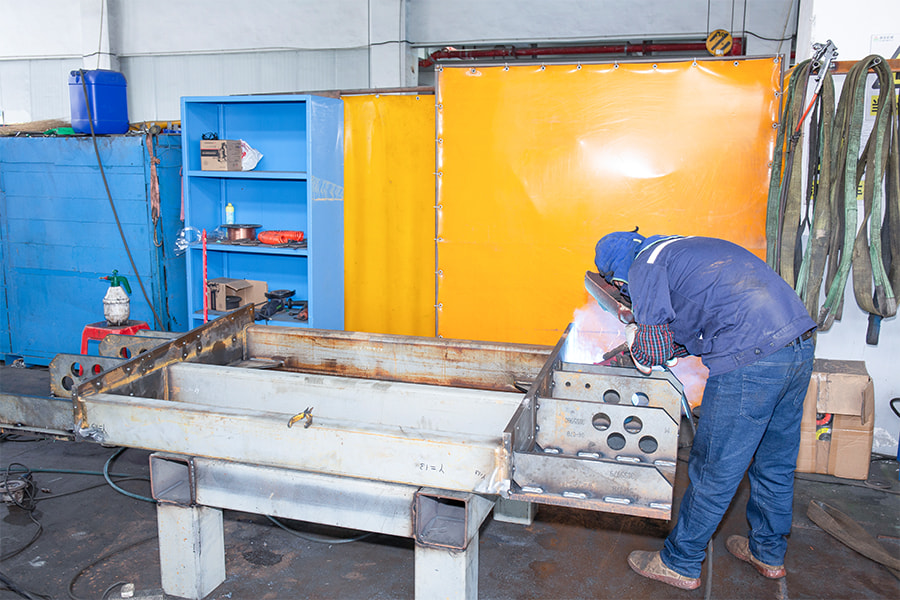
The steel structure industry has experienced significant evolution in recent years, d...
READ MORE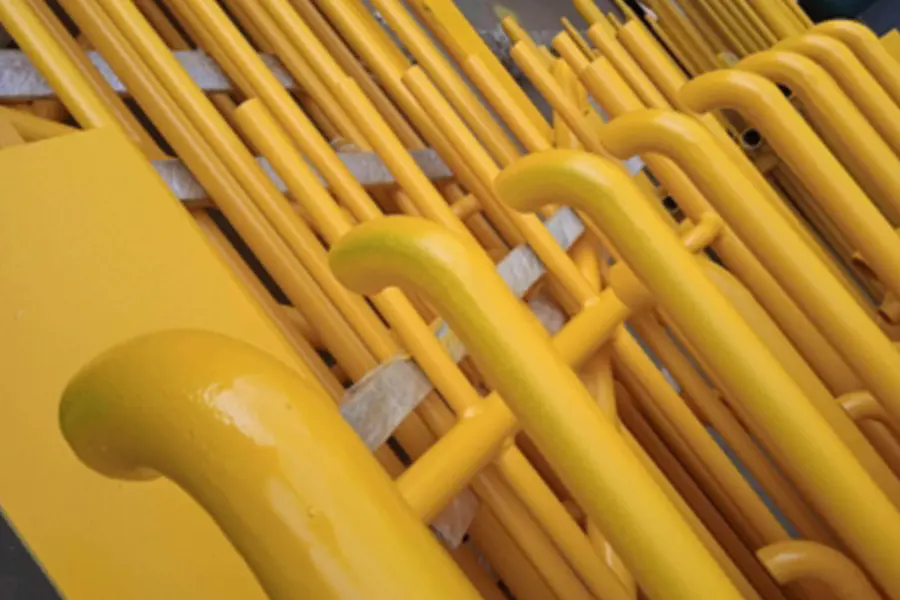
Optimizing the Engineering Workspace Boosting Comfort and Efficiency for Electrical...
READ MORE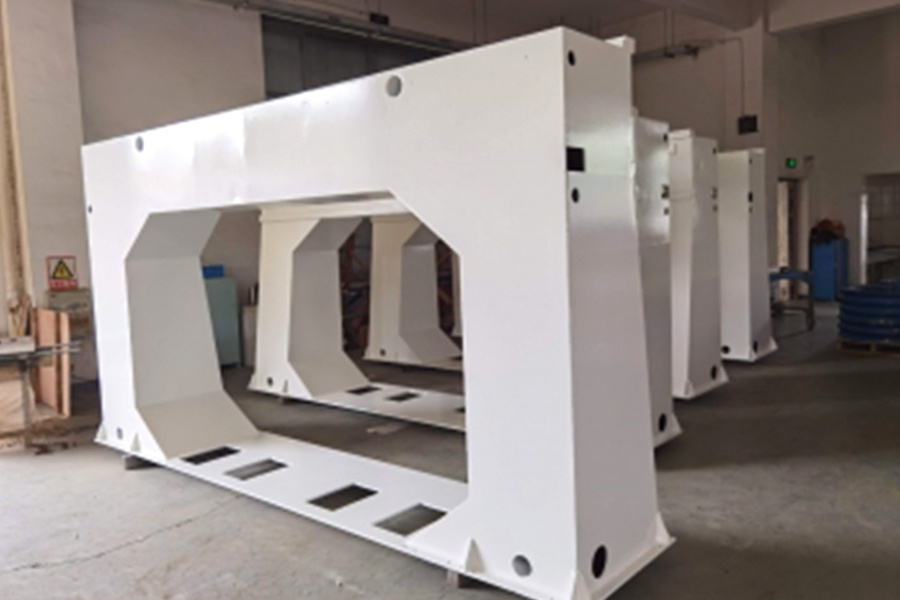
The Structural Blueprint of Dimensioning Equipment Anatomy of the Planer-Thicknesser:...
READ MORE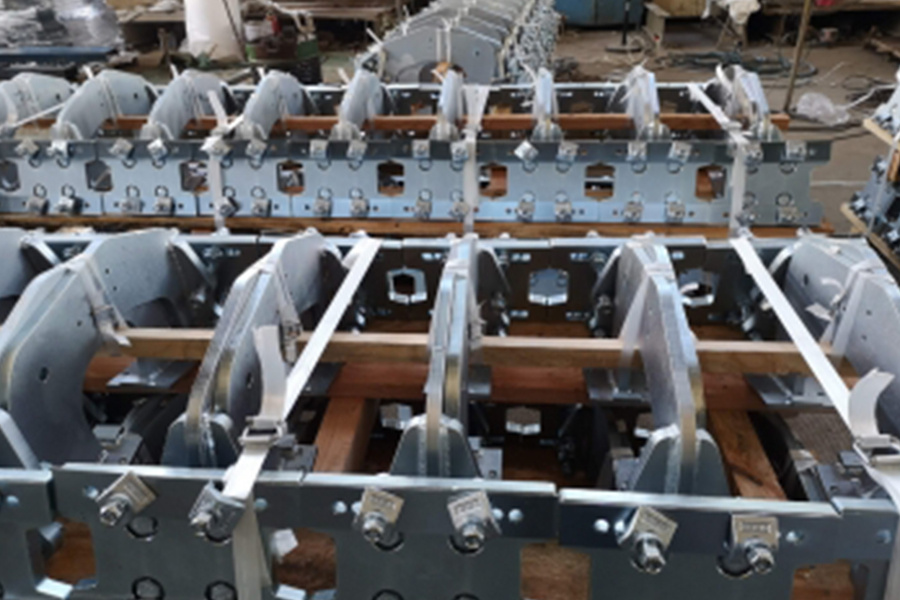
The global shift towards sustainable power is undeniable, with new energy equipment l...
READ MORE